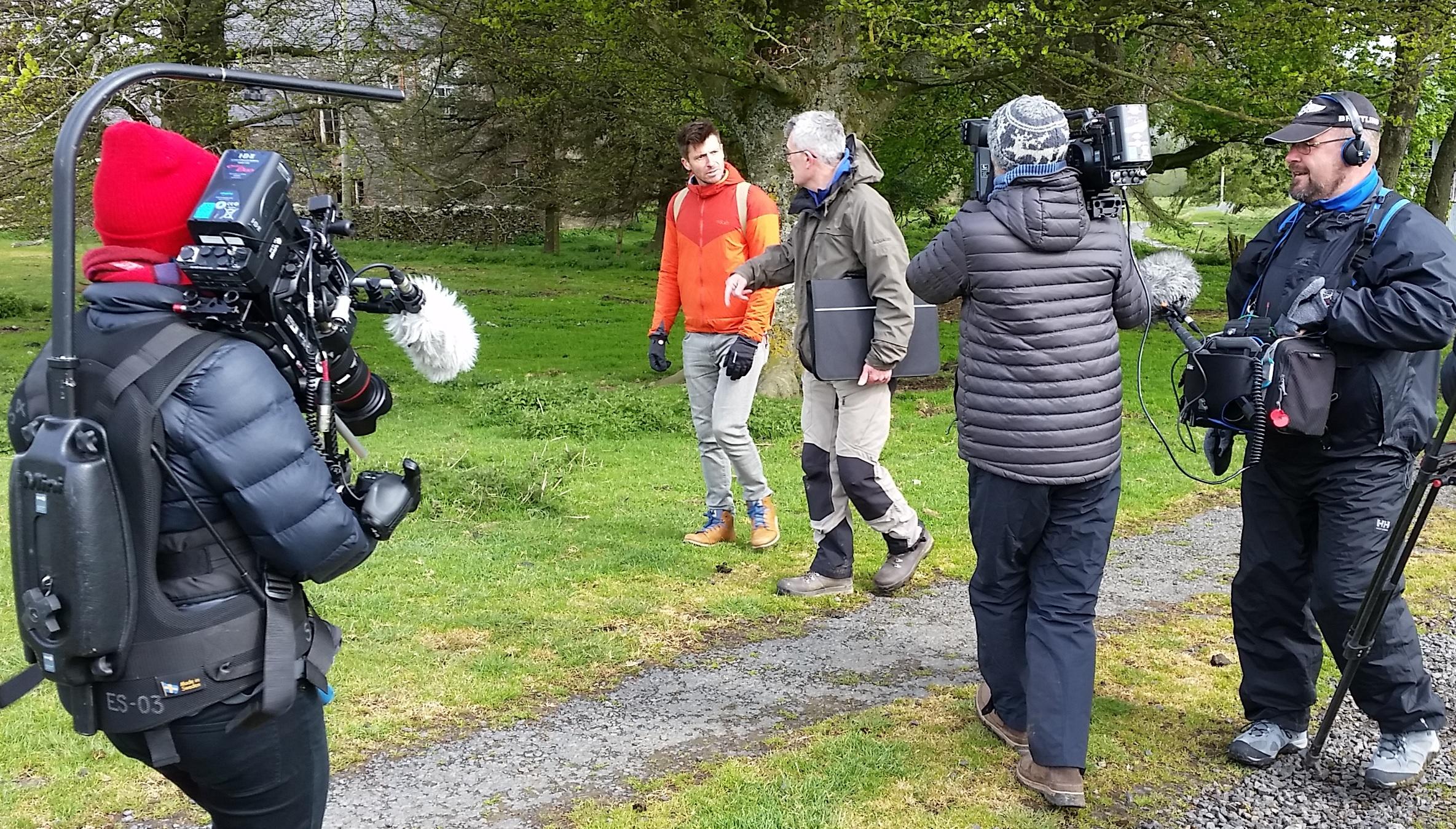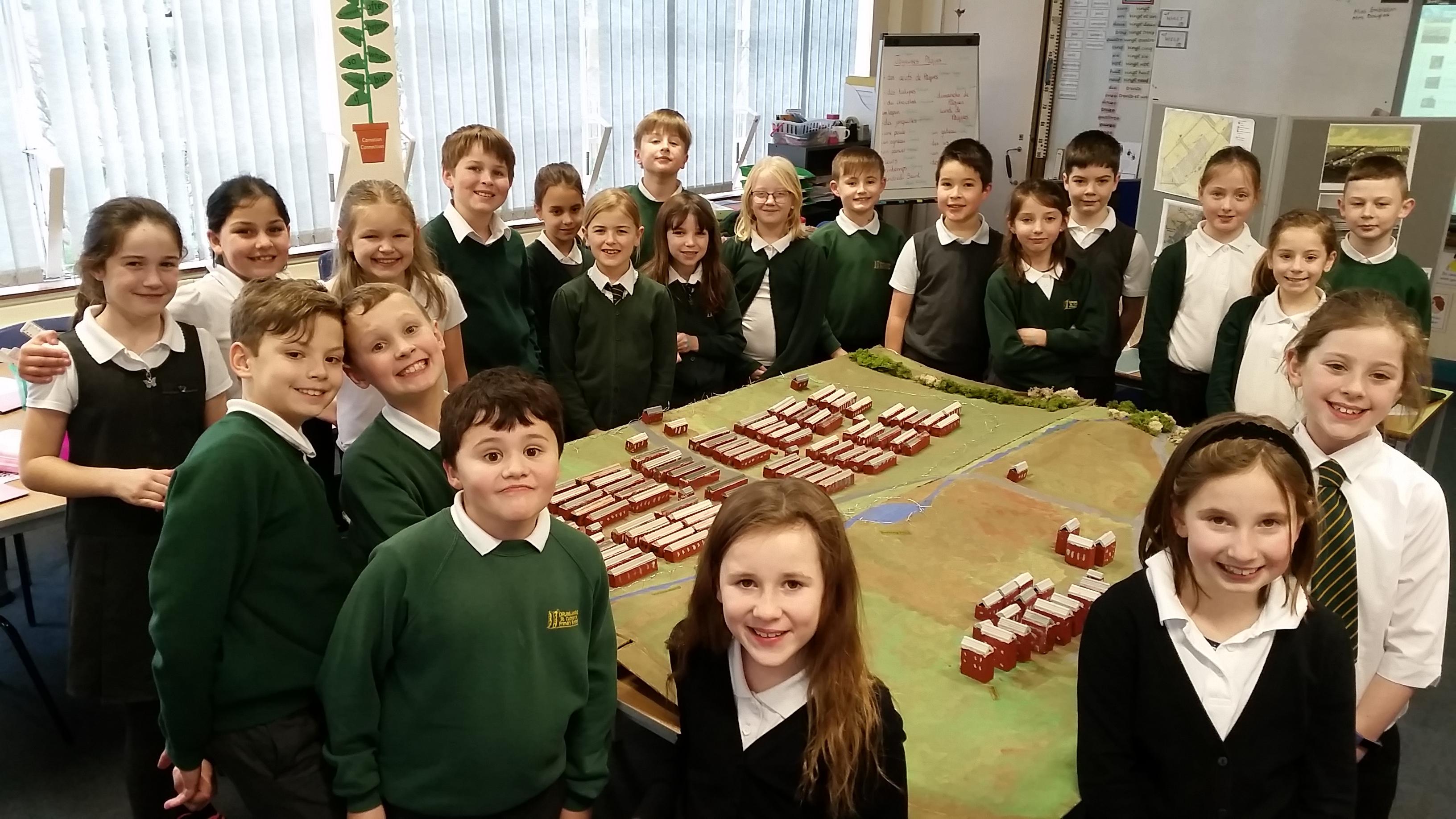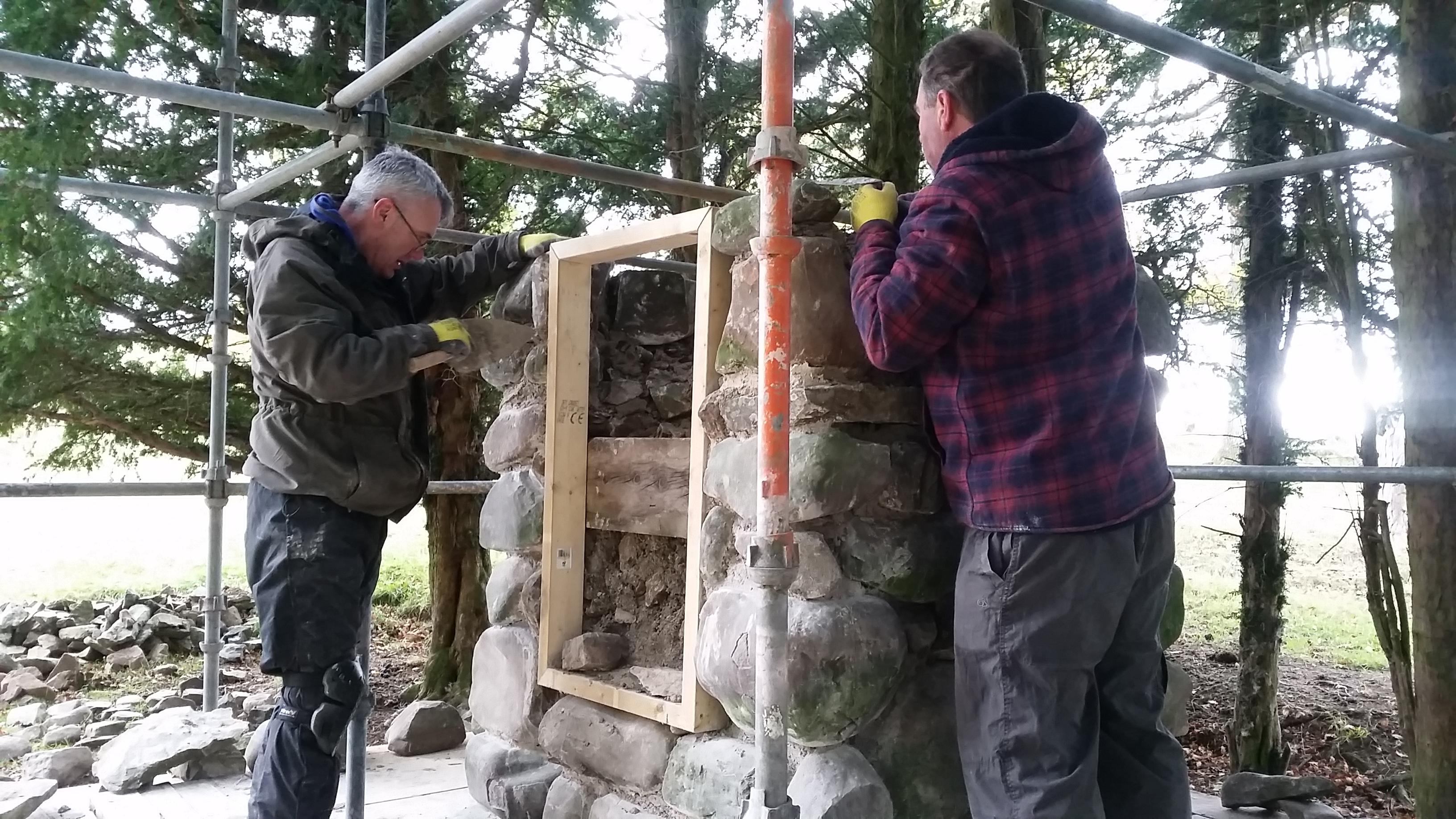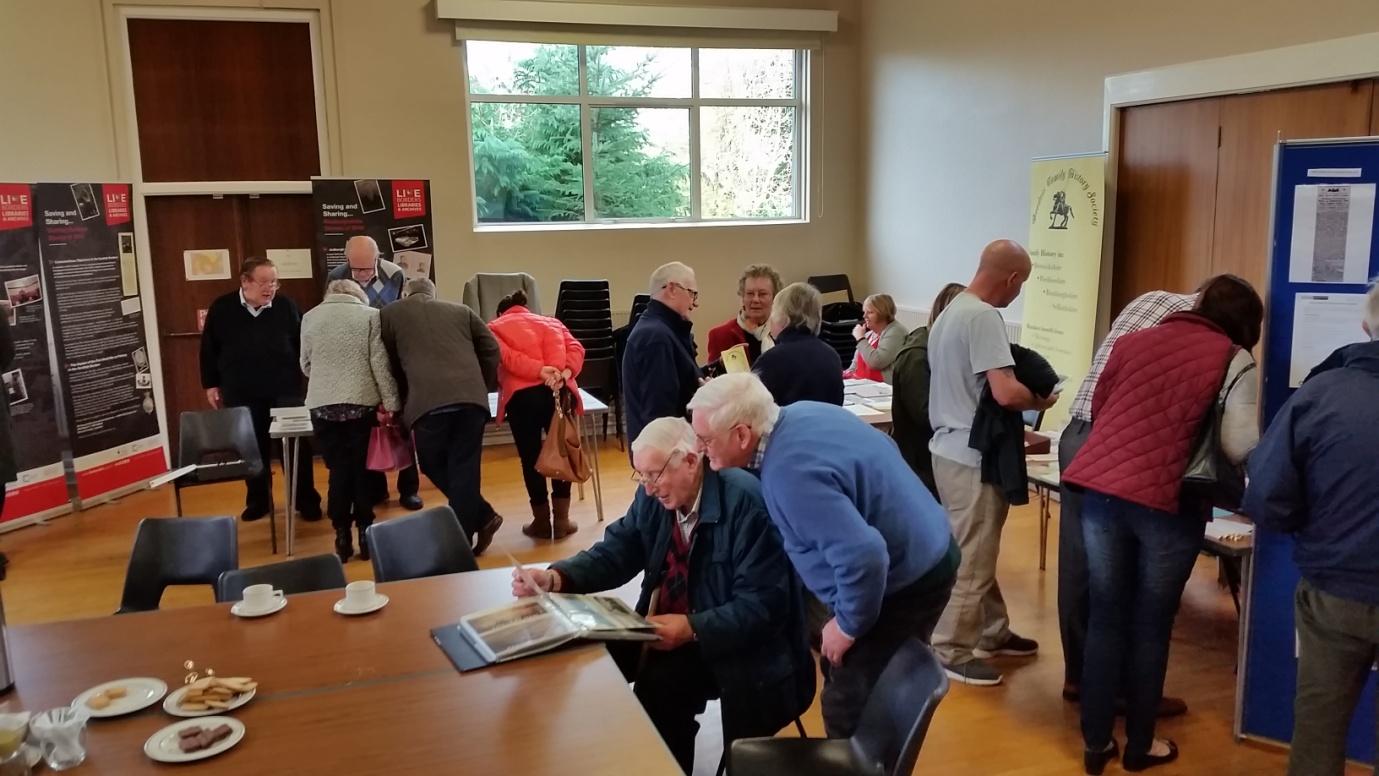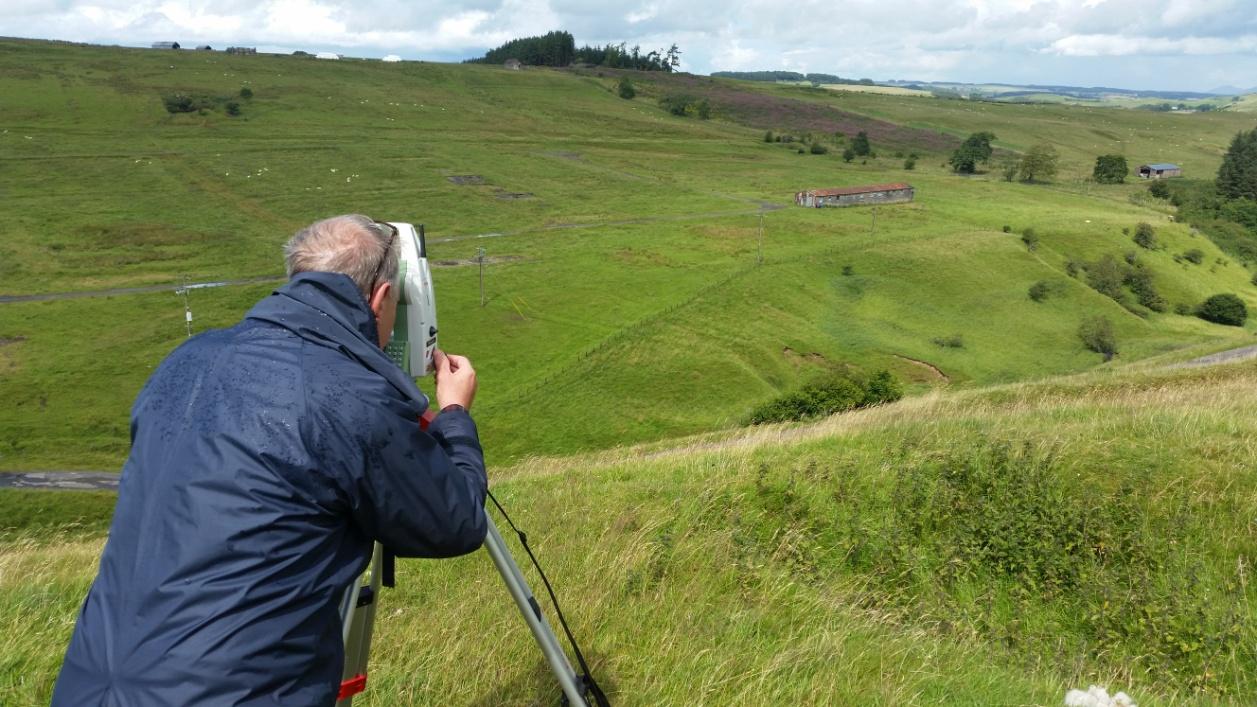Report August 2019 – March 2020
During the final months of the project the team and volunteers were still giving their time and energy to uncovering more about Stobs Camp and the people who lived there during the First World War. Activities included further excavation, lots of research and more walks and talks.
Report January – July 2019
During this period the Project team focused on key desk-based activities including updating website content, newspaper research, postcard annotation, project evaluation and development of the Internment Research Centre catalogue. Drone surveys of the PoW camp continued and talks were given at two international conferences. Volunteers were recognised for their contribution to a national First World War Home Front database and local schoolchildren were inspired to get creative.
Report January – March 2019
During this period the Project team focused on key desk-based activities including updating website content, newspaper research, postcard annotation, project evaluation and development of the Internment Research Centre catalogue. Drone surveys of the PoW Camp continued and talks were given at two international conferences. Volunteers were recognised for their contribution to a national First World War Home Front database and local schoolchildren were inspired to get creative.
Report October – December 2018
During this period the project team focused on re-building the memorial stone in the former PoW cemetery ahead of its unveiling on Armistice Sunday. November was a busy month with the launch of the Internment Research Centre at Hawick’s Heritage Hub and the opening of Hawick Museum’s War Memorial Room. The Hut Search Team surveyed a possible Stobs building at Makerstoun and drone surveys of the PoW Camp began. Three talks to local history societies were given and local primary schools had guided tours at Stobs. Altogether 504 volunteer hours were recorded over the quarter.
Report July – September 2018
During this period the project focused on completing the recording of all buildings and building remains on the site of the camp for Home Front Legacy prior to the closing of the HFL website for consolidation and verification. We also launched the mobile Heritage Trail App with attendant publicity and then began work on the reinstatement of the German memorial monument at Stobs Camp cemetery. Two talks to local history societies were also given and the HES Board were given a guided tour. Altogether 549 volunteer hours were recorded over the quarter.
Report April – June 2018
During this period the project ran an excavation at two fortification practice trenches. Adult volunteers and school pupils were able to participate and learnt what it is like to be an archaeologist for the day. The first in a series of workshops to analyse and annotate Stobs postcards and photographs began in May. The Hut Search group resumed its activities and recorded two potential Stobs buildings at a site in the Ettrick Valley. Good progress was made on developing Stobs-related content for an interactive museum display and the Project Officer led a site tour and spoke to a professional society about the past, present and future of Stobs. Altogether 366 volunteer hours were recorded over the quarter.
Report January – March 2018
During this period the project began recording the upstanding buildings at Stobs for the Home Front Legacy project and the Historic Environment Record. Volunteers were able to participate and determine building conditions and risks. Through the winter months progress was made on conducting newspaper research and transcription of oral histories and documents. Volunteers began testing the mobile heritage trail app and the Project Officer spoke to a number of historical and professional societies about the past, present and future of Stobs. Professional images were taken of key finds and donated items. A total of 123 volunteer hours were recorded during January to February 2018 with March expected to double that total.
Report October – December 2017
During this period the project ran a small excavation of the POW camp tramway system. Volunteers were able to participate and learnt new skills. A Finds Processing workshop was run for volunteers and the Hut Search Group found tangible links to a Stobs building sold off in the late 1950s. An Open Day was hosted in Hawick and was led by project volunteers. Progress was made on recording voiceovers for the mobile heritage trail app and the Project Officer spoke to a number of historical and archaeological societies about the past, present and future of Stobs. A total of 312 volunteer hours were recorded during the three months from October to December 2017.
Report July – September 2017
During this period the project began an EDM survey of the site and supervised a search for the foundations of a number of barrack hut buildings. Volunteers were able to participate and learnt new survey skills. A metal-detecting survey was conducted over the camp hospital which resulted in many interesting finds. Two Finds Processing workshops were run for volunteers and the Hut Search Group began visiting the site of potential buildings sold off in the 1920s and 1950s. Progress was made in developing content for the mobile heritage trail app. The Project Officer ran two tours at Stobs and was invited to speak at a First World War conference. He also gave a talk to a local community group. A total of 499 volunteer hours were recorded during the three months from July to September 2017.
Report April – June 2017
During this period the project was officially launched at Hawick Museum. There followed a period of surveying and supervised excavation where volunteers and school pupils were able to participate and learn archaeological skills. A talk was given to a local community council and a workshop on surveying techniques was held for volunteers. Working alongside responsible metal detectorists, an exercise was conducted over one of the camp areas which resulted in many interesting finds. Research continued on family connections and the search for the original huts that were sold off began in earnest. Publicity and promotion was extensive during this period with articles about the project appearing in many newspapers and online news feeds. Short films were shot by ITV Borders and the Scottish Borders youth group, Voice Of My Own. A total of 535 volunteer hours were recorded during the three months from April 2017.

